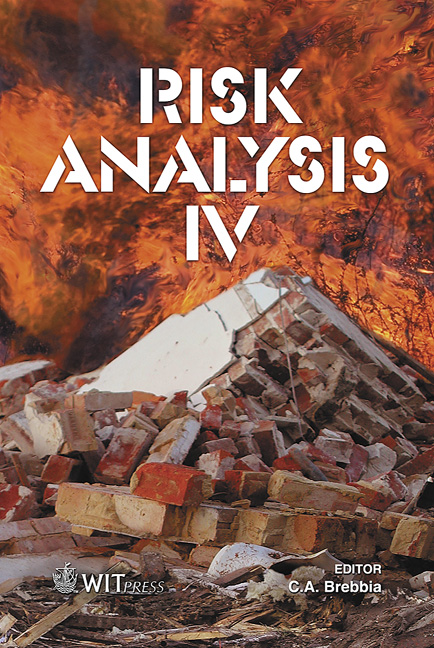The Jubaguerra Stream Event: Analysis Of A Mass Movement Connected With A Flash Flood Phenomenon And Its Application To Other Areas In The Gredos Mountains (Central Spain)
Price
Free (open access)
Transaction
Volume
77
Pages
14
Published
2004
Size
5,369 kb
Paper DOI
10.2495/RISK040301
Copyright
WIT Press
Author(s)
J. Pedraza, R. M. Carrasco, J. M. Bodoque, M. A. Sanz, J. F. Martín-Duque, A. González & A. Díez
Abstract
Mass movements have been a predominant shaping process on the Jerte Valley slopes (Gredos Mountains, Spain) during the Quaternary time. The present day activity of these mass movements is characterized as either ‘first-time failures’ (shallow debris slides and debris flows) or ‘reactivations’ of pre-existing landslide deposits. The Jubaguerra event, a debris slide which took place on January the 24th, 1996, is a good example of these ‘first-time failures’ and its associated hazard. In this paper, a hydrogeotechnical and morphological characterisation of the Jubaguerra failure is made. Once these factors were defined, they were input in a GIS, and a prospective model, applicable to the Gredos Mountains, has been made. In this model, areas with the same characteristics of the Jubaguerra failure are mapped. Keywords: debris slide, flash flood, natural hazards, Gredos Mountains, Spanish centralsSystem. 1 Introduction: mass movements in the Jerte Valley The Jubaguerra arroyo is a mountain stream within the Jerte Valley; it is a northeast-southwest tending graben located in the mountainous region of western central Spain (Sierra de Gredos, Spanish Central System) (Figure 1).
Keywords
debris slide, flash flood, natural hazards, Gredos Mountains, Spanish centralsSystem.





